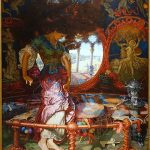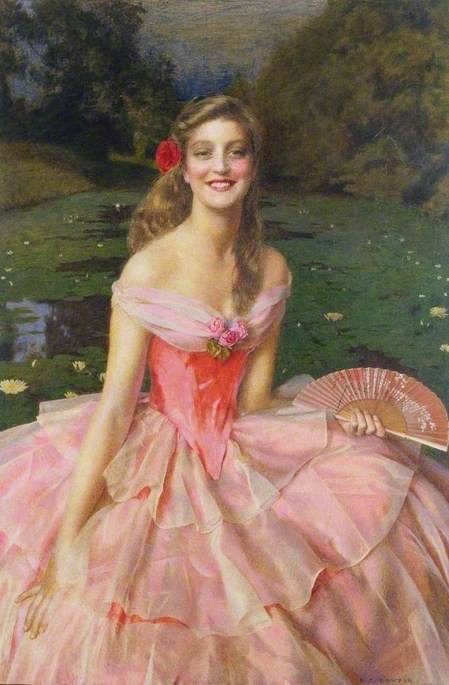
Frank Cadogan Cowper (1877-1958) was an English painter, often acclaimed as the last of the Pre-Raphaelites. Born on October 16, 1877, in Wicken, Northamptonshire, England, Cowper’s work embodied the intricate detail, vibrant colors, and romantic themes characteristic of the Pre-Raphaelite Brotherhood, despite coming onto the scene several decades after the movement’s inception in the mid-19th century. His adherence to the ideals of the Pre-Raphaelites at a time when the art world was moving towards modernism showcases his dedication to the movement’s principles and his unique place within the history of British art.
Cowper was educated at St John’s Wood Art School and later at the Royal Academy Schools, where he honed his skills in drawing and painting. This classical training is evident in the meticulous detail and technical proficiency of his work. Cowper was deeply influenced by the original Pre-Raphaelite Brotherhood, particularly by artists such as Dante Gabriel Rossetti, John Everett Millais, and Edward Burne-Jones. Like his predecessors, Cowper sought to revive the purity and detail of Quattrocento Italian art, focusing on themes of medieval chivalry, classical mythology, and Arthurian legend.
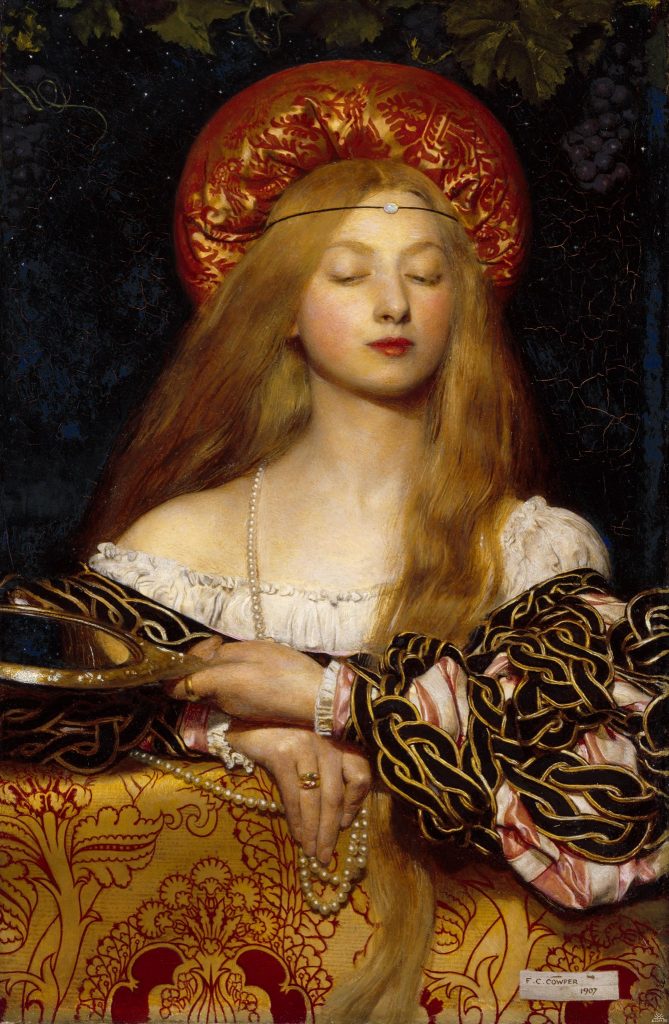
Throughout his career, Cowper’s paintings were characterized by their luminous color, elaborate detail, and often, a sensuousness that bordered on the controversial. His subjects ranged from historical and literary figures to religious themes, all depicted with a narrative depth that invited viewers into a richly imagined world. One of his most famous works, “The Fairy Tale” (1920), exemplifies his skill in creating enchanting, dream-like scenes that blur the line between reality and fantasy.
Exquisite Women
Cowper was also known for his exquisite portraits, particularly of women, which capture the beauty and individuality of his subjects with a sensitivity and depth that recall the works of the early Pre-Raphaelites. His portrait “Vanity” (1907) is a striking example, showcasing his ability to render the texture of fabrics and the luminosity of skin with extraordinary realism.
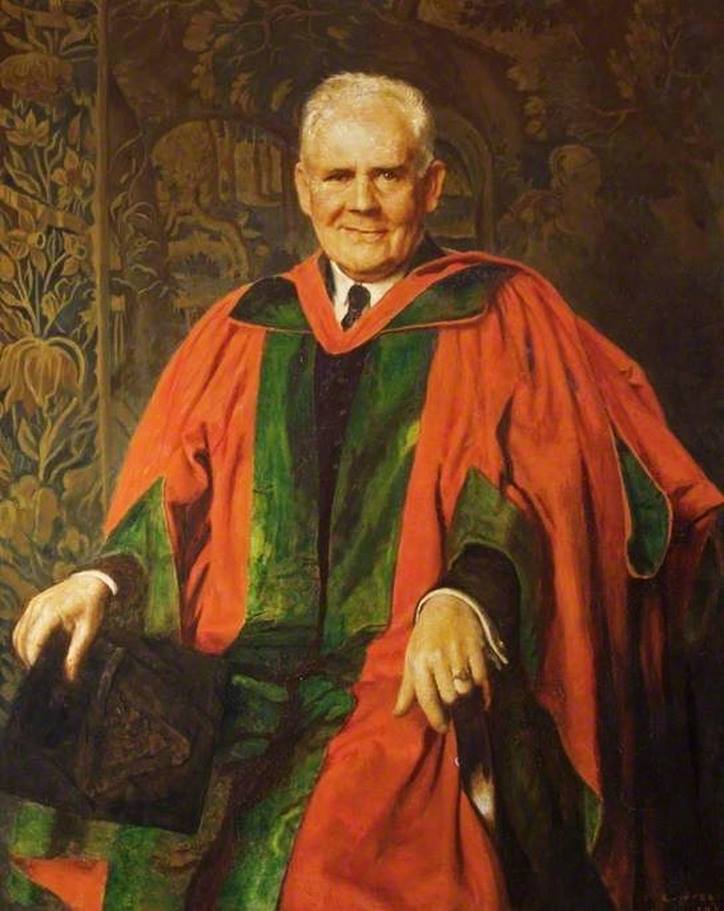
Despite his allegiance to the style and themes of the Pre-Raphaelites, Cowper’s work was not out of touch with the times. He exhibited regularly at the Royal Academy from 1899 and was well-respected within the art community. His paintings were celebrated for their technical mastery and imaginative quality, earning him a place among the prominent British artists of his time.
Illustrating Words to Life
In addition to his painting, Cowper’s contributions to the art world included illustrations for books and magazines, where his detailed and evocative style brought stories and poems to life. His work in this area further cemented his reputation as a versatile artist capable of capturing the nuances of narrative and emotion.
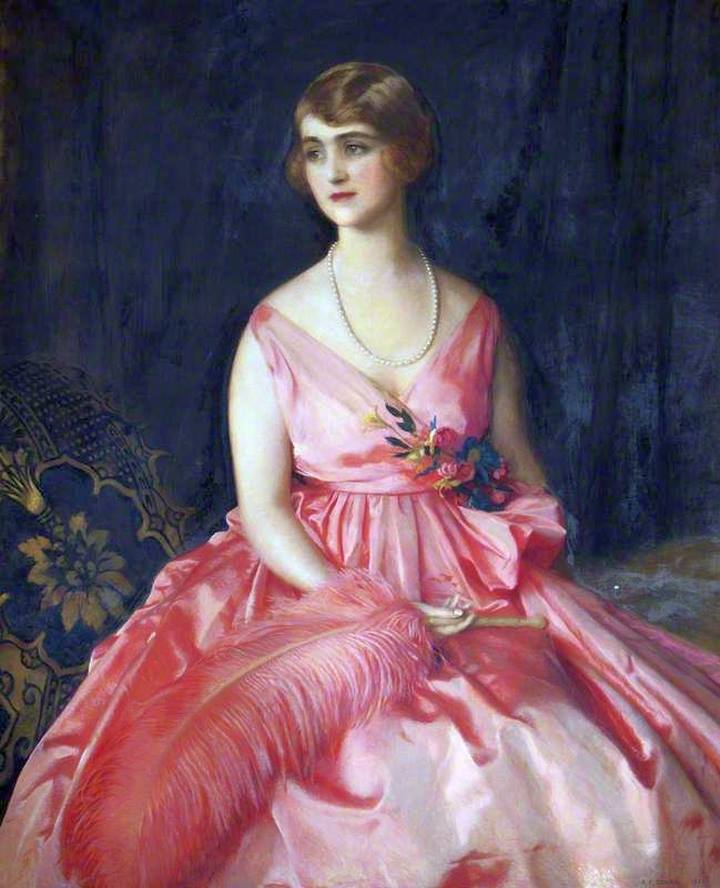
Frank Cadogan Cowper’s legacy is that of an artist who remained true to his artistic convictions in the face of changing trends. By the time of his death on November 17, 1958, he had left behind a body of work that continues to be celebrated for its beauty, intricacy, and depth. Cowper’s dedication to the ideals of the Pre-Raphaelites, combined with his own unique vision, ensured his place in the annals of British art history as a bridge between the romanticism of the 19th century and the evolving artistic expressions of the 20th century.


